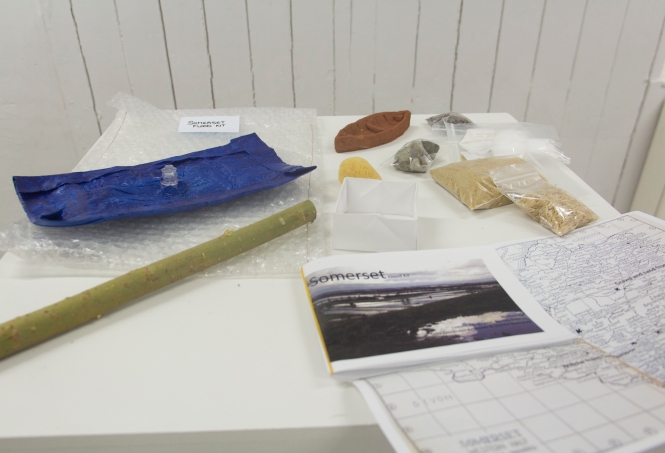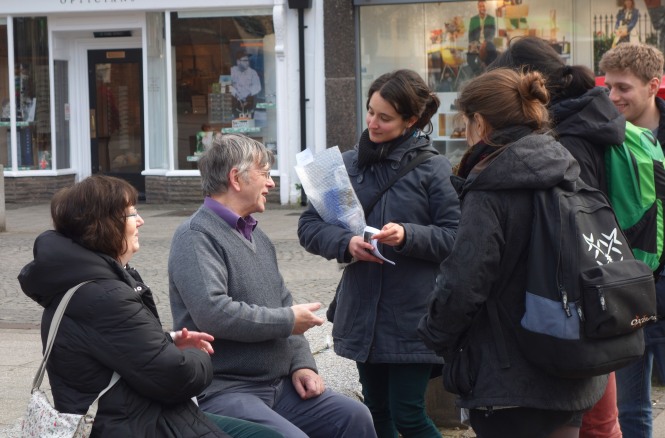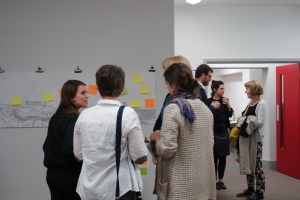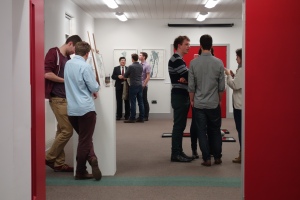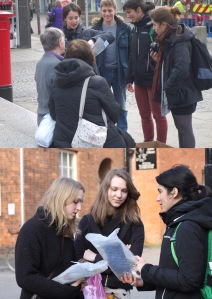Voices of the Flood
Andrea Oke, Josie Ashe, Laurence Hawker and Jonathon King

The exhibition will draw together a number of themes running throughout the Land of the Summer People project; it aims to provide a space that informs and encourages dialog on the connectivity of the landscape (social and hydrological), drivers for change, and our response to recent and historic flooding.
The exhibited work will include audio from interviews with local residents, which combine with sound bites from interviews with politicians, scientists and government organisations as they attempt to resolve the flooding on the levels. The audio installation is intended to stimulate the listener into a personal response to the flooding of the Somerset levels, whether social or scientific.
The audience is directed towards the large-scale image of a landscape, representative of the hydrological catchment combined with visual representations of data derived from the flooding. We would like to encourage interaction with the image by asking the audience to write or draw messages on the paper provided before attaching these thoughts to the surface of the large-scale image. It is our hope that the audience will help us to cover the landscape with their thoughts, feelings and responses to flooding.
The material generated through this dialog will be incorporated into a unique hand printed book; bound within a print of the Levels landscape and containing all of the messages gathered from the large scale image. By looking at the key words, messages and questions rained through this process, further research will be undertaken to produce accessible and engaging visual representations of the scientific data collected. These will be used to help us understand how people are responding to flooding, the links across landscape we live in, and how our interactions with this landscape affect the way it works.

